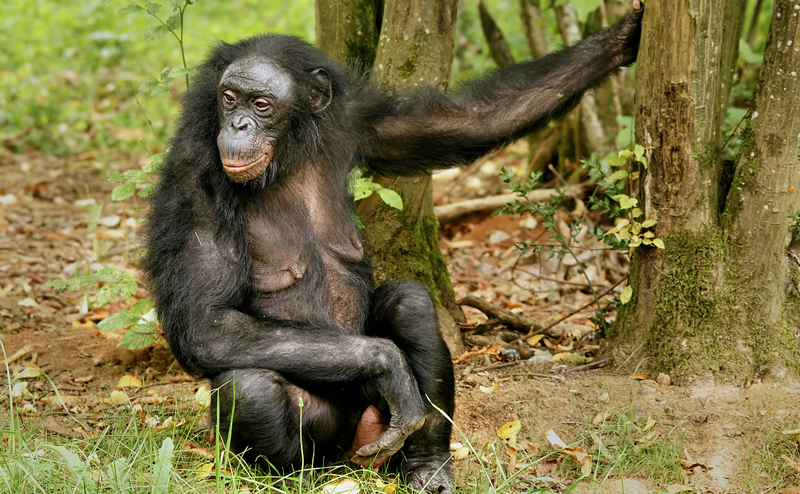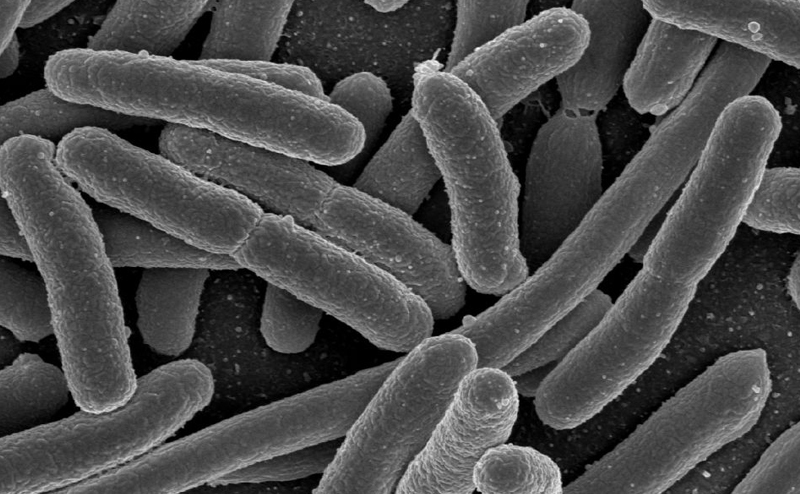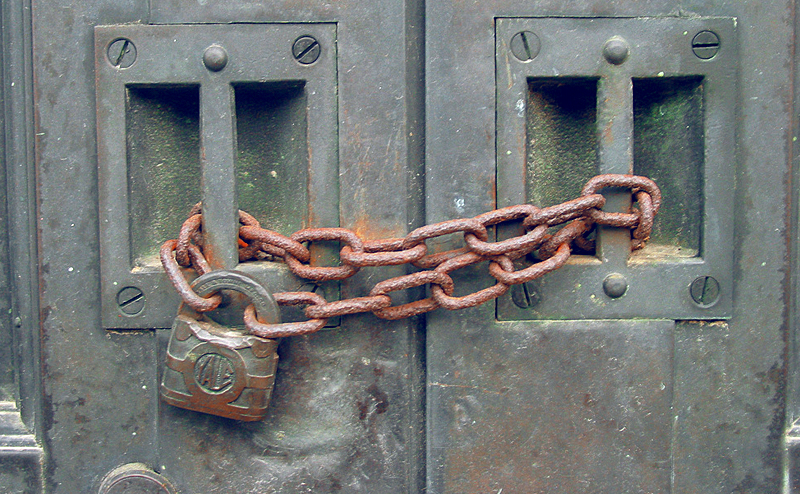Articles
Underscoring the importance of encryption in our increasingly data-driven digital lives, this year’s World Science Festival features its first-ever session on cryptography, entitled Keeping Secrets: Cryptography in a Connected World. During this discussion expect a well-rounded panel—including mathematician and computer scientist Brian Snow, scientist/journalist Simon Singh, cryptanalyst Orr Dunkelman and cryptography researcher Tal Rabin—to break down cryptography, addressing its strengths and weaknesses as well as its impact on security and privacy.
Read MoreAs the title of our program The Unbearable Lightness of Memory suggests, memory is much more than the process by which we recall errands or birthdays. Memory—how information obtained from experience is stored in the brain—is also the mechanism that molds our sense of the world. As Homo sapiens, we inherited a basic neural circuitry for processing information about our environment. This circuitry, laid down by the instructions in our DNA, endows us with instinctual human behaviors as well as innate emotional predispositions and cognitive capabilities. But it is devoid of content. All of the specific information that forms an individual mind is learned and then maintained in memory.
Read More
Humans invented cryptography before they invented the alphabet. Over 4,000 years hieroglyphics turned to letters and letters to numbers. Early encryption algorithms based on simple permutations of the alphabet were replaced by locally varying (letter by letter) substitution rules enabled by mechanical/electrical engineering advances (ex: enigma machine), and then took a turn toward number theory in the 1970’s. Each sweeping change in algorithms almost always came in response the current one being broken. Once this happens cryptography has little use for the algorithm and, typically, a rather different one takes its place. How much more time is left in the rein of today’s RSA and elliptic curve algorithms? What will replace them? How are today’s battles between encryptors and code breakers different from the past? The difference is in the scales: 1. the magnitude of people directly involved has ballooned, 2. the type of the information being encrypted has shrunk to the scale of the individual, and consequently, 3. the frequency with which encryption is used has grown to many times a day for most individuals. From classical times through World War 2 it was military leaders, powerful rulers, their spies, who had information requiring such secrecy, whereas today it …
Read More
Vanessa Woods joins us from Your Inner Bonobo at Psychology Today. Vanessa is an award-winning journalist and author who studies the cognitive development of chimpanzees and bonobos at sanctuaries in the Republic of Congo and the Democratic Republic of Congo. Join Vanessa and other leading scientists in All Creatures Great and Smart, a 2010 World Science Festival program that challenges long-held assumptions about the differences between ‘animal’ and ‘human.’
Read More
This morning, I caught up with Amy Chase Gulden, the Growing Impressions artist who is half of the team that is leading BioArt this Thursday at the Museum of Arts and Design. We were headed to a biology lab at The New School. Our mission? To cover 75 pre-poured agar plates with X-gal, an organic sugary solution that will provide the pigment for our bacterial masterpieces. Painting with E. coli is a technique that was developed by Gulden alongside scientist Kristin Baldwin (her non-bacterial claim to fame is generating an entire cloned mouse using a mouse nose neuron). To create their artwork, the duo first had to create pigmented E. coli. How does that work? Here’s today’s lesson of Reductive Biology 101, learned over a morning of pipetting: A gene that codes for the enzyme beta-galactosidase is inserted into a plasmid, or a circular piece of DNA. The engineered plasmid is then mixed with E. coli, and the mixture is heated, which allows the plasmid to enter the E. coli, effectively giving the bacteria the beta-galactosidase gene. (Not all E. coli take up the plasmid, but in this case, let’s assume they have.) The beta-enzyme loves to slice up sugar. …
Read More











